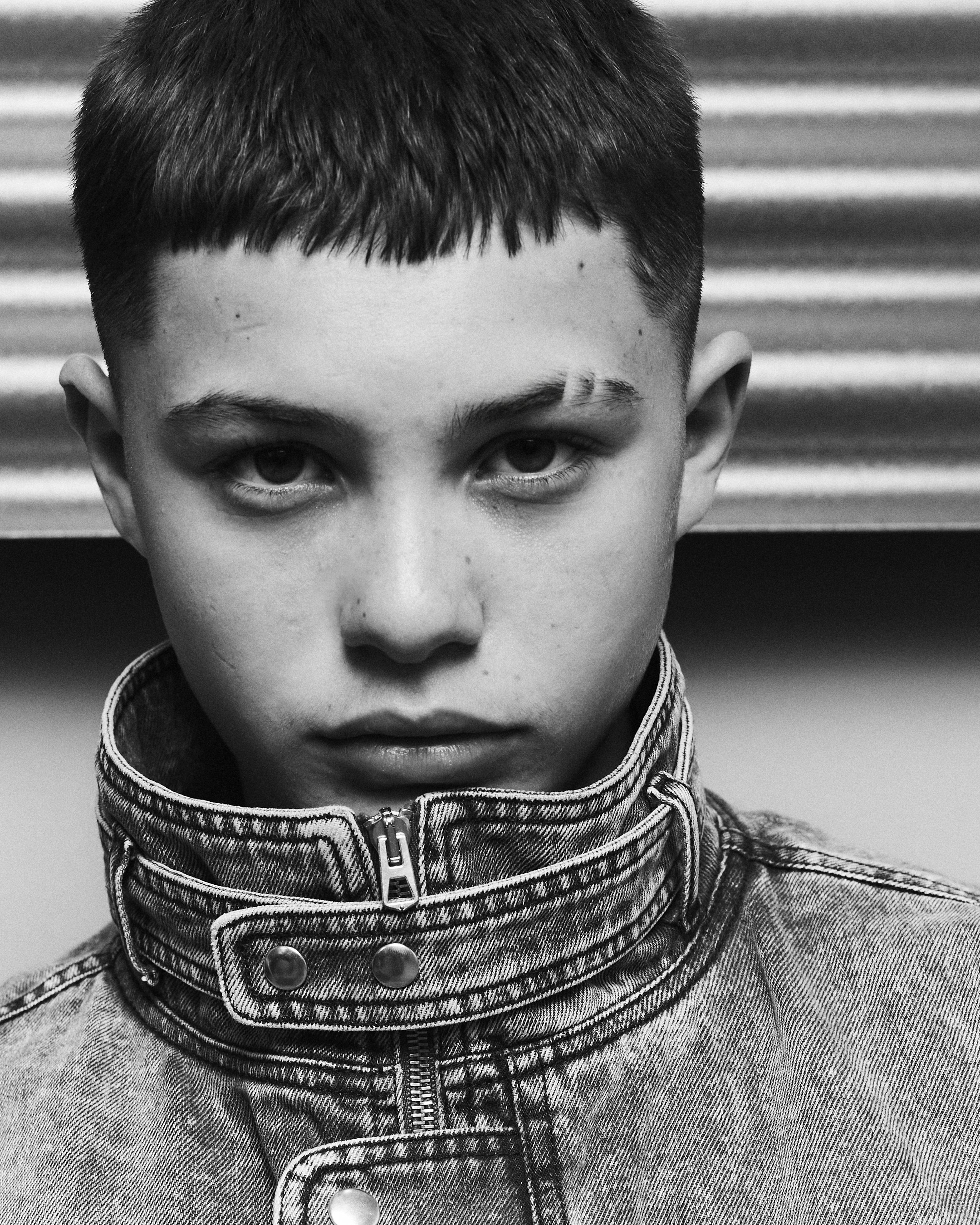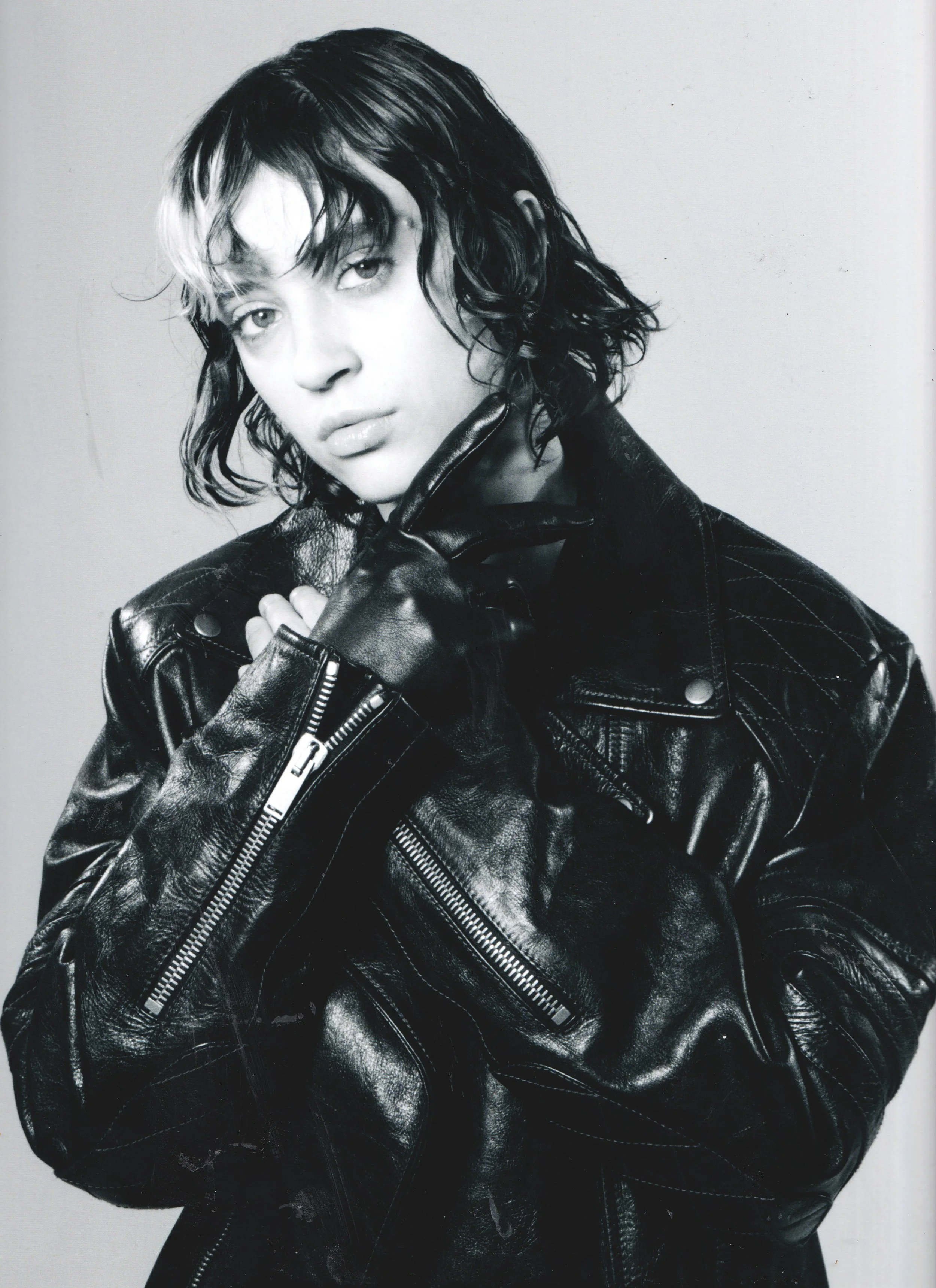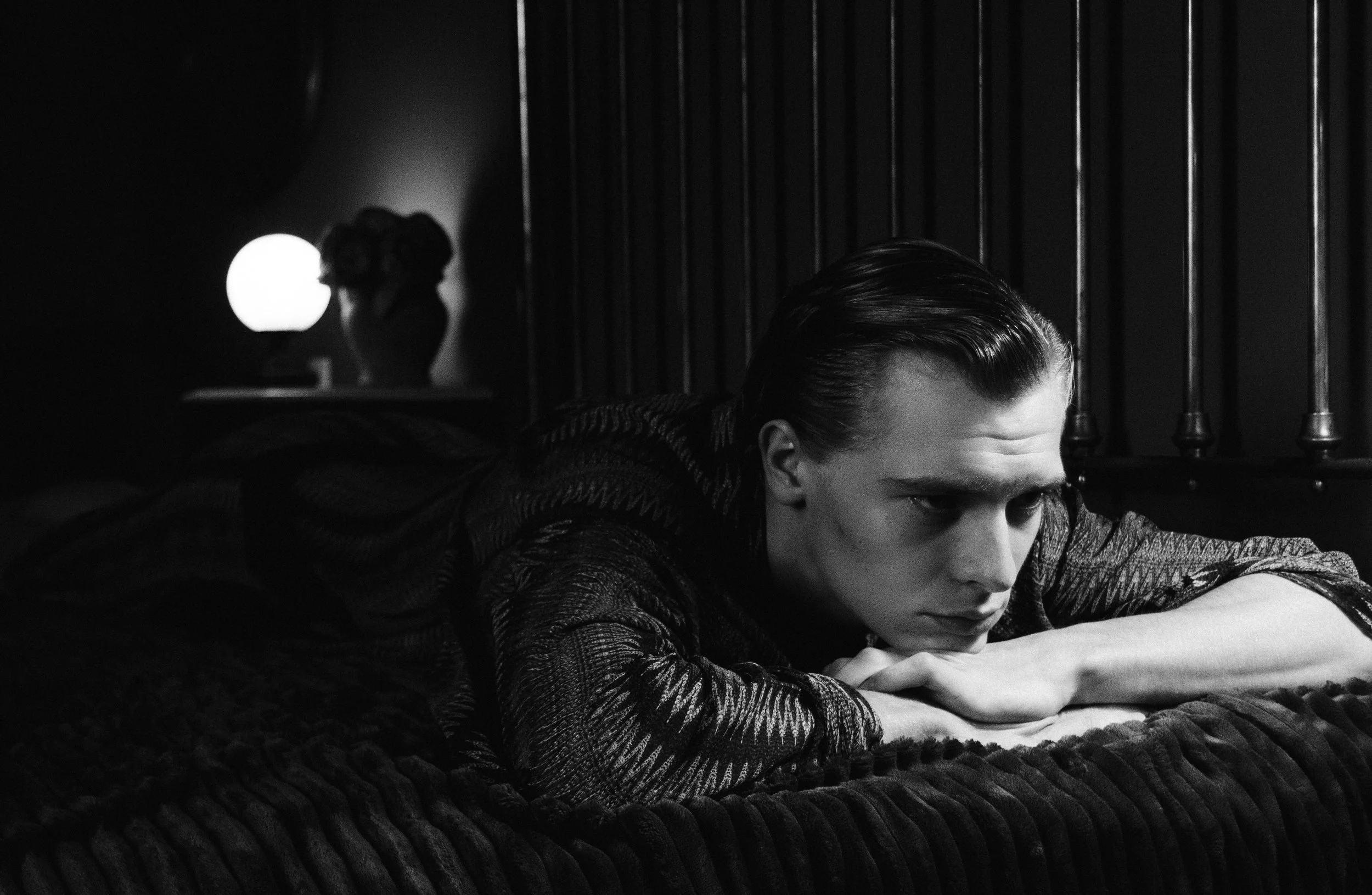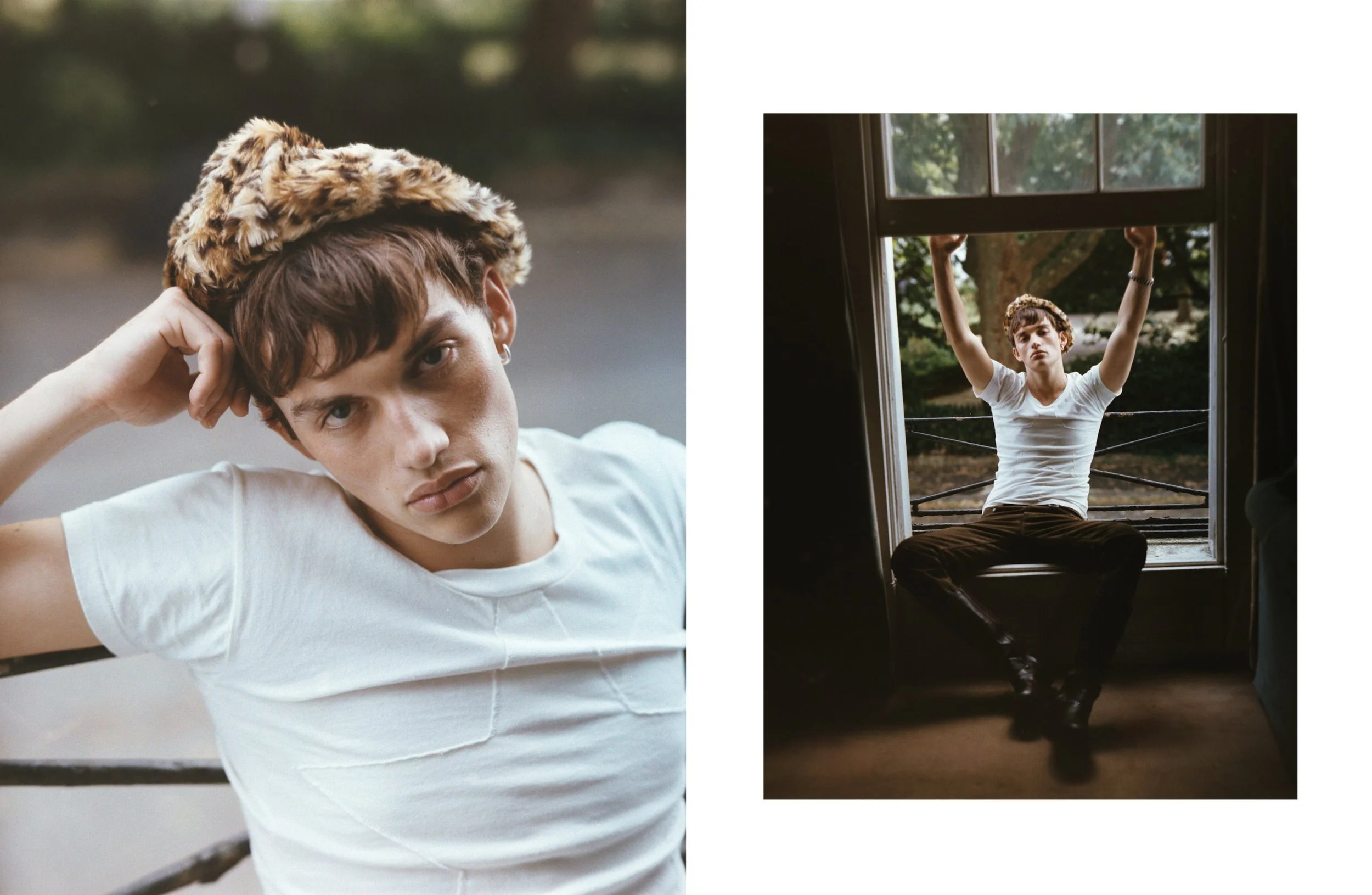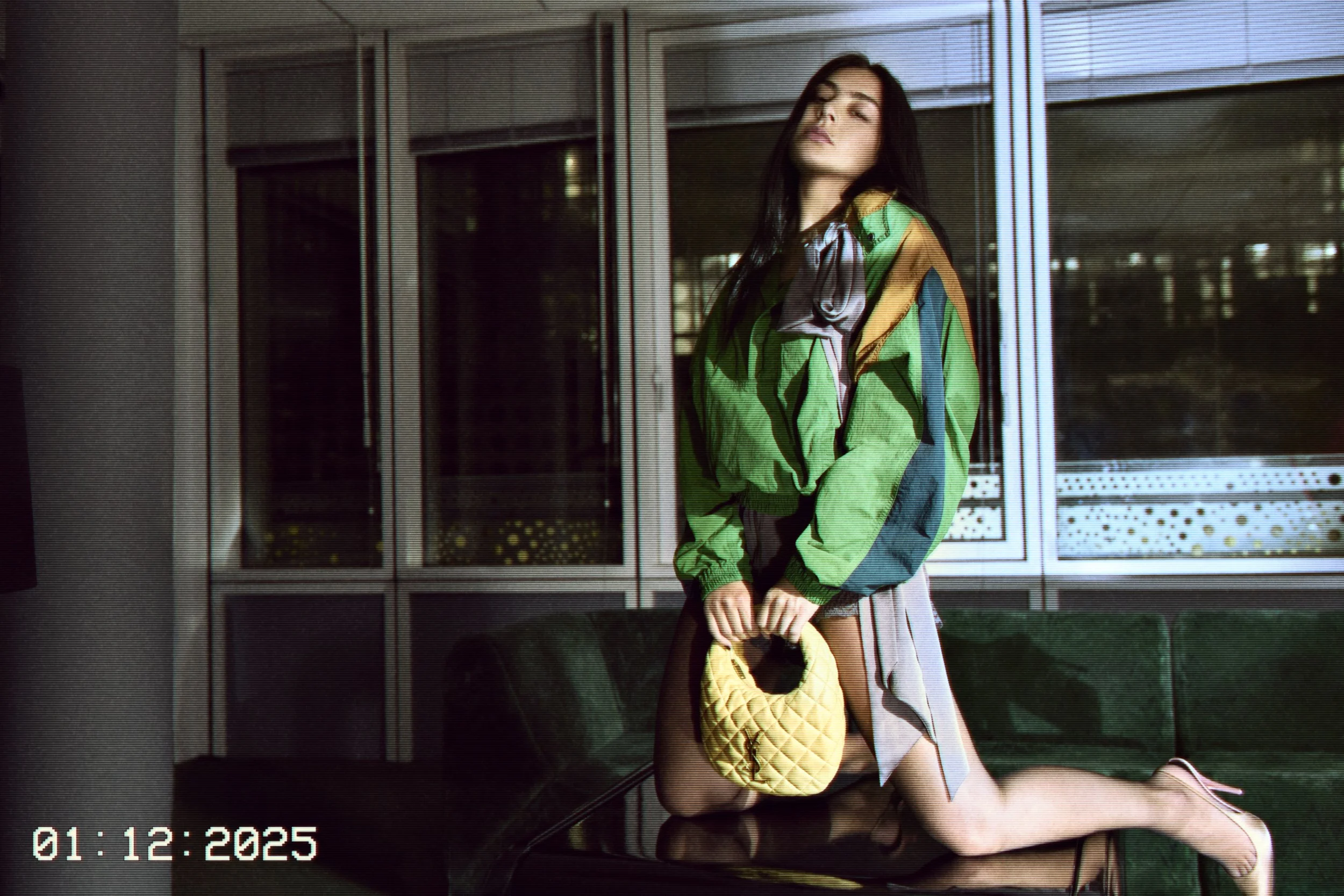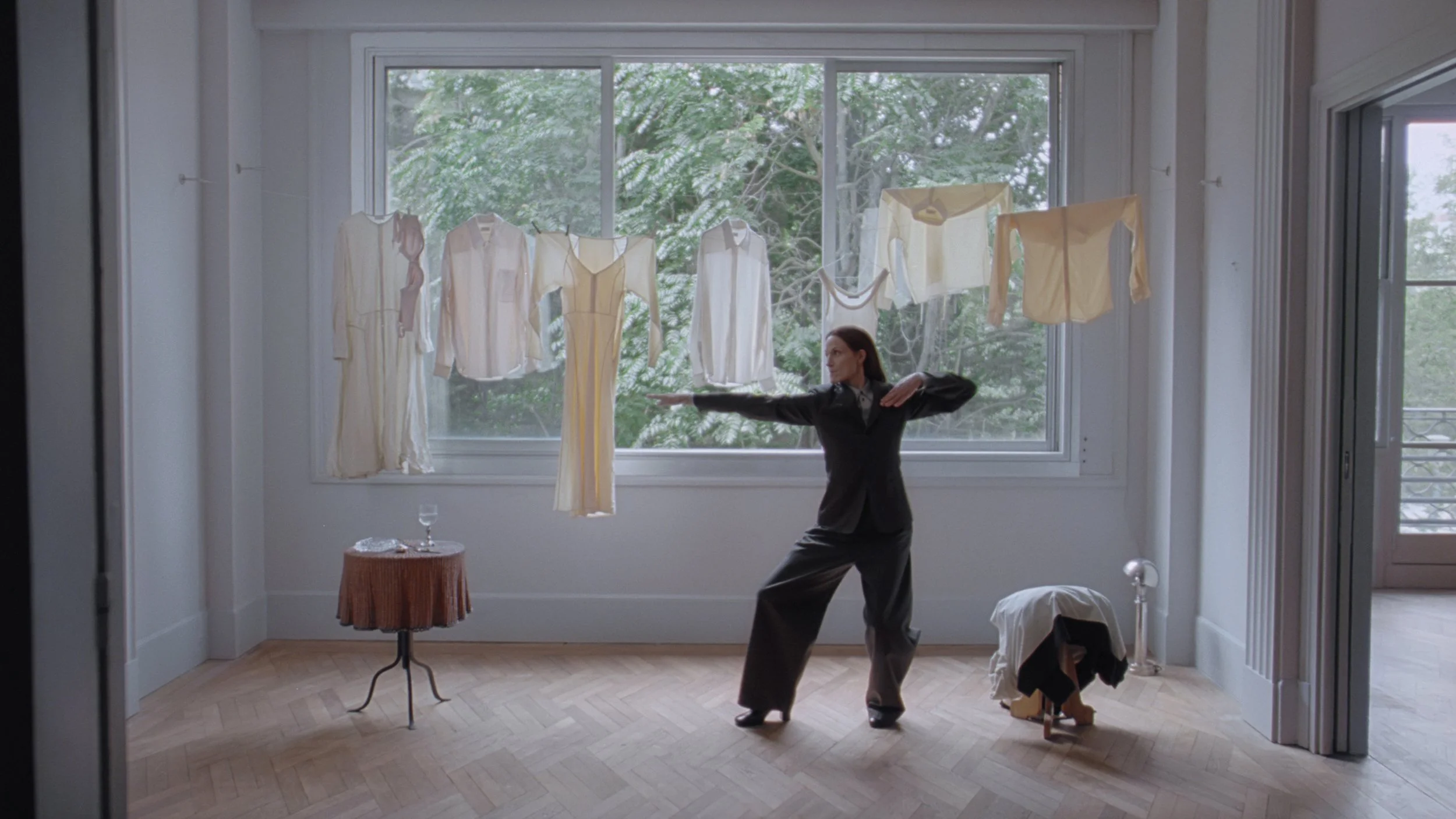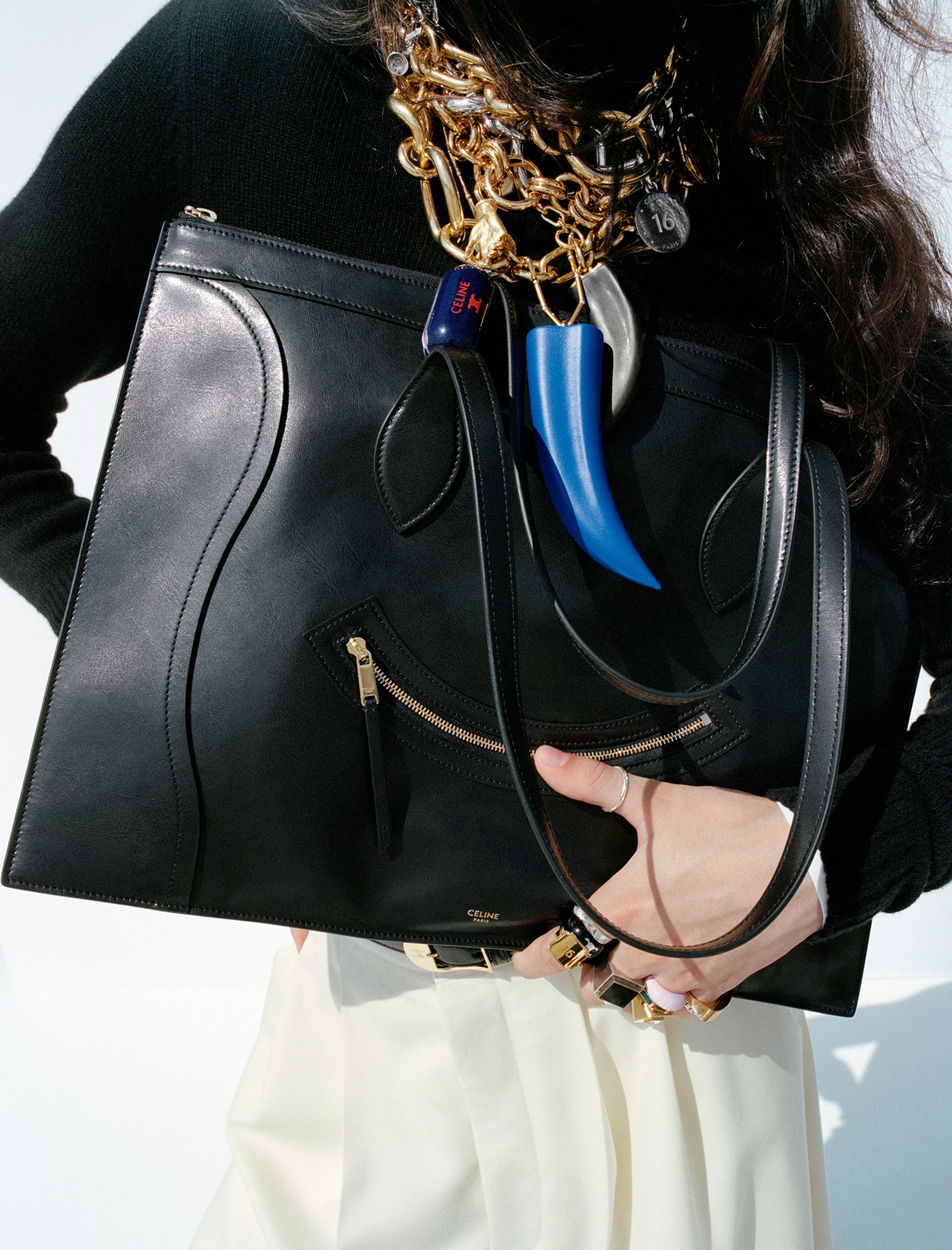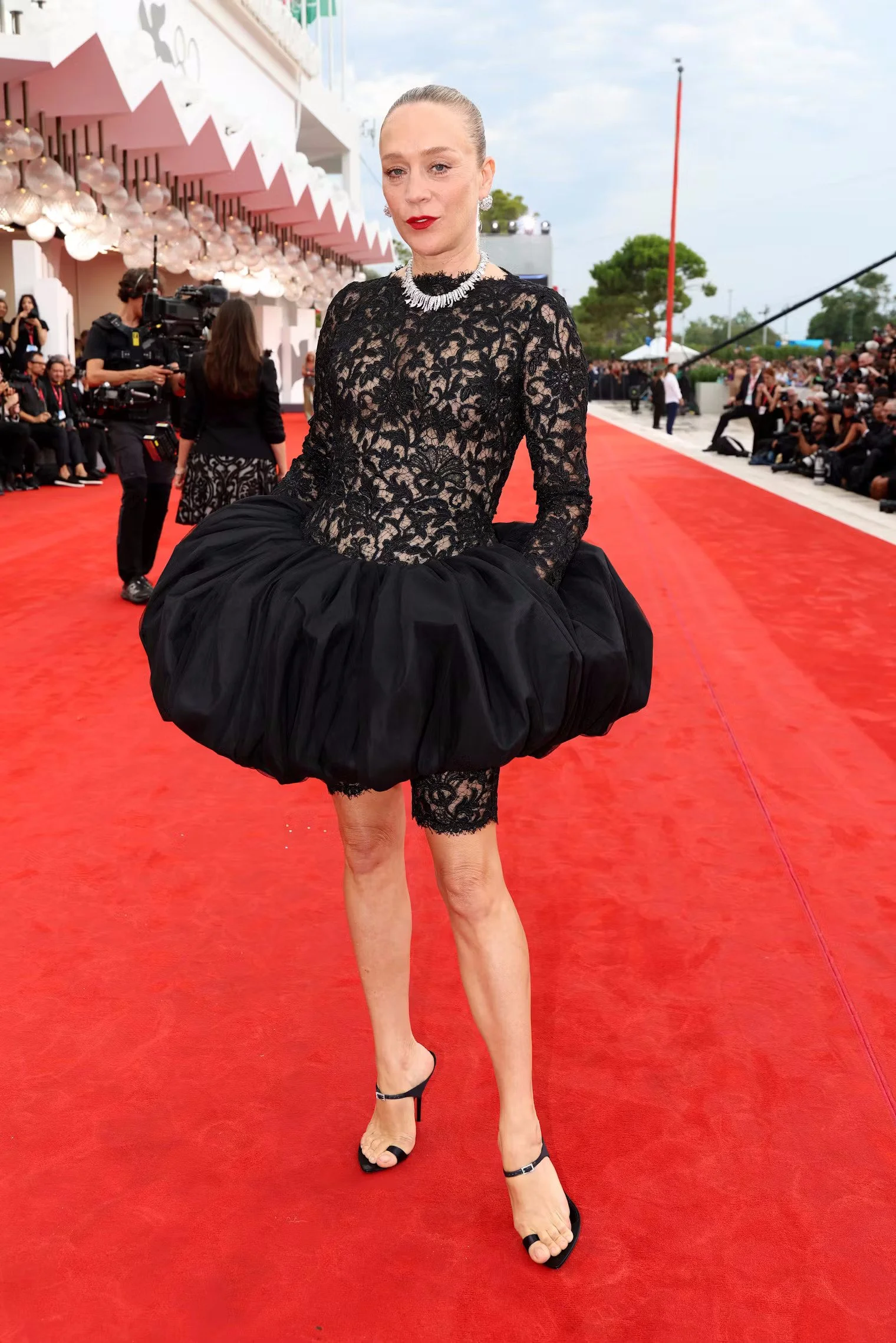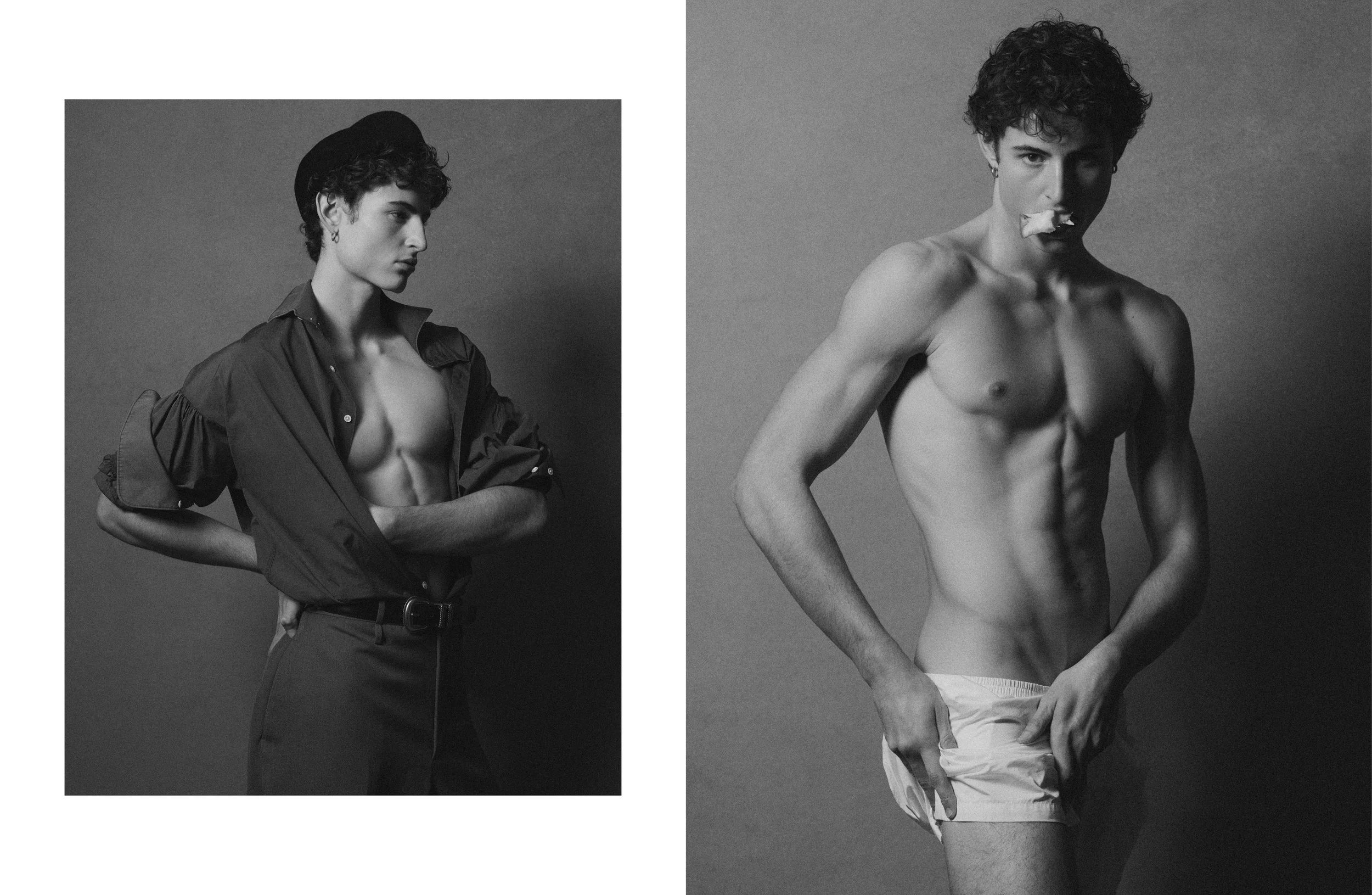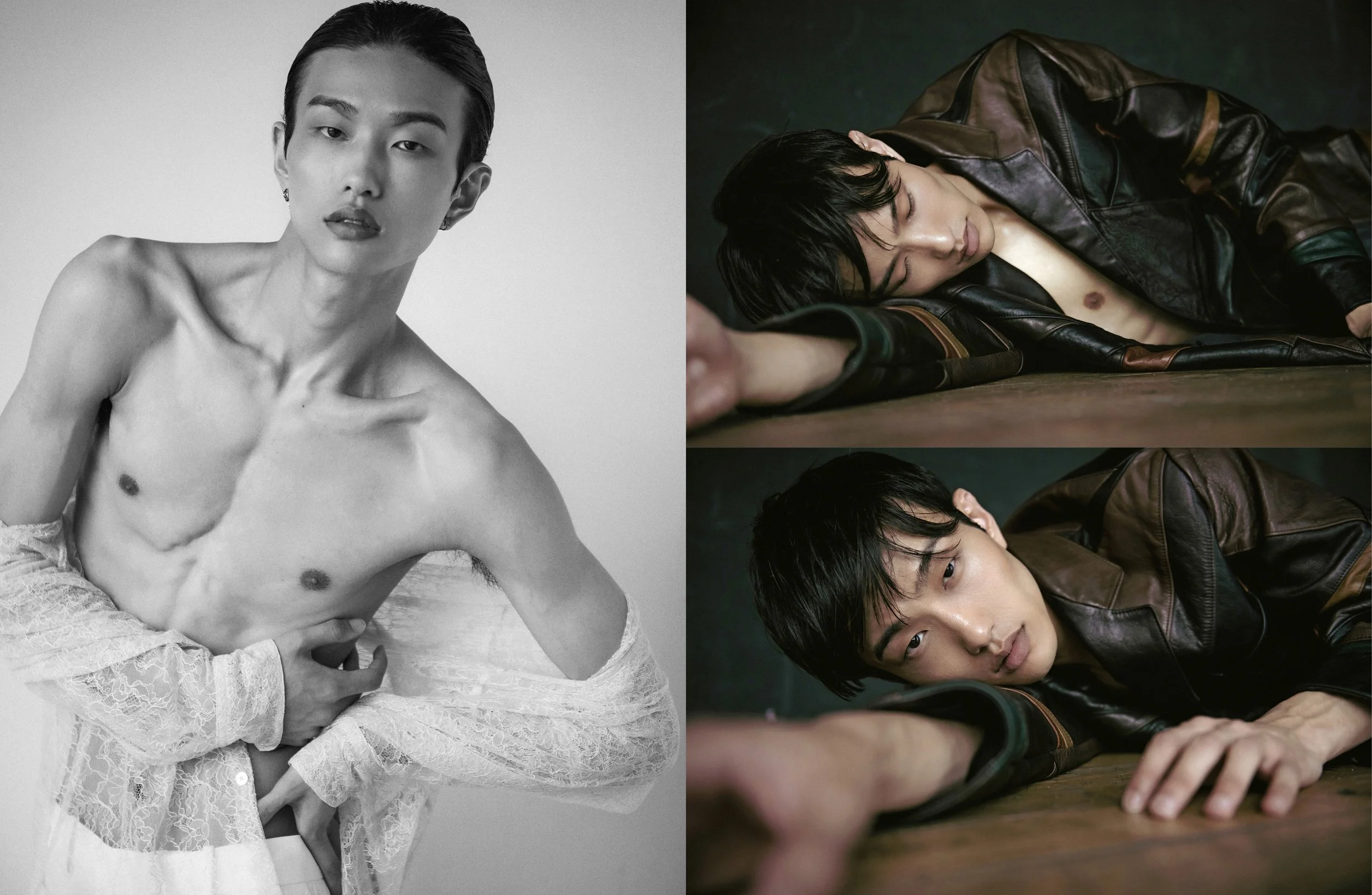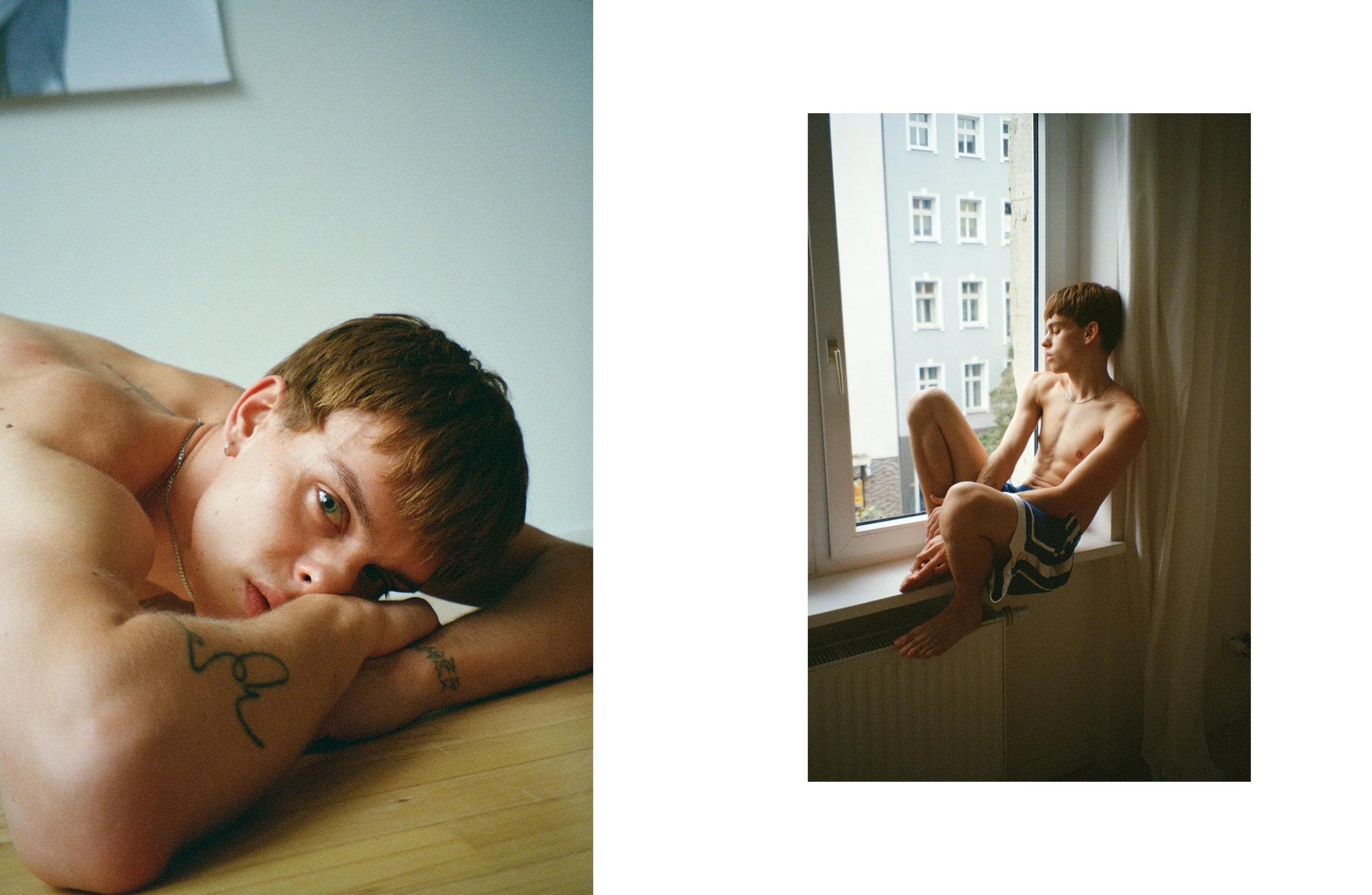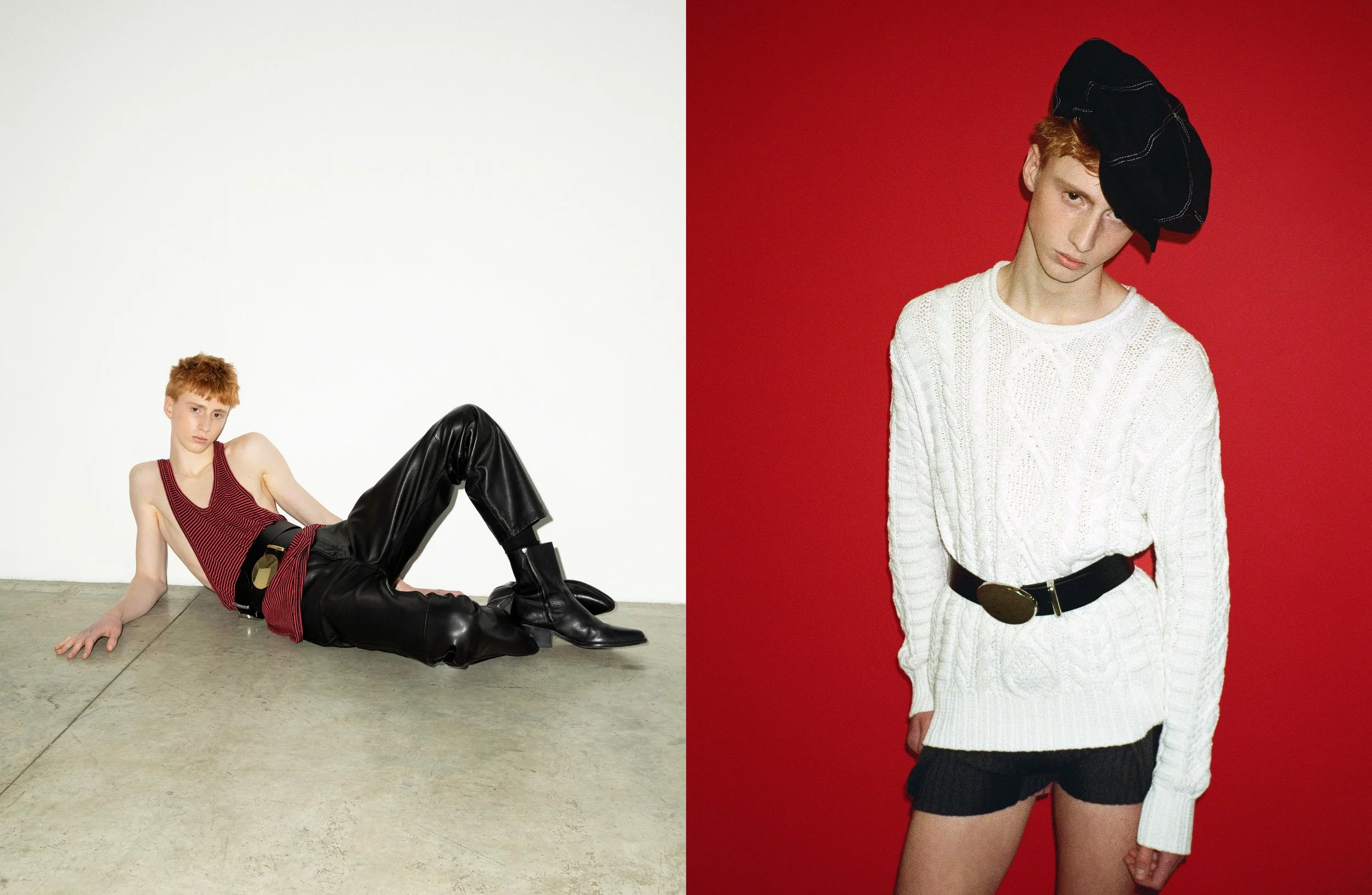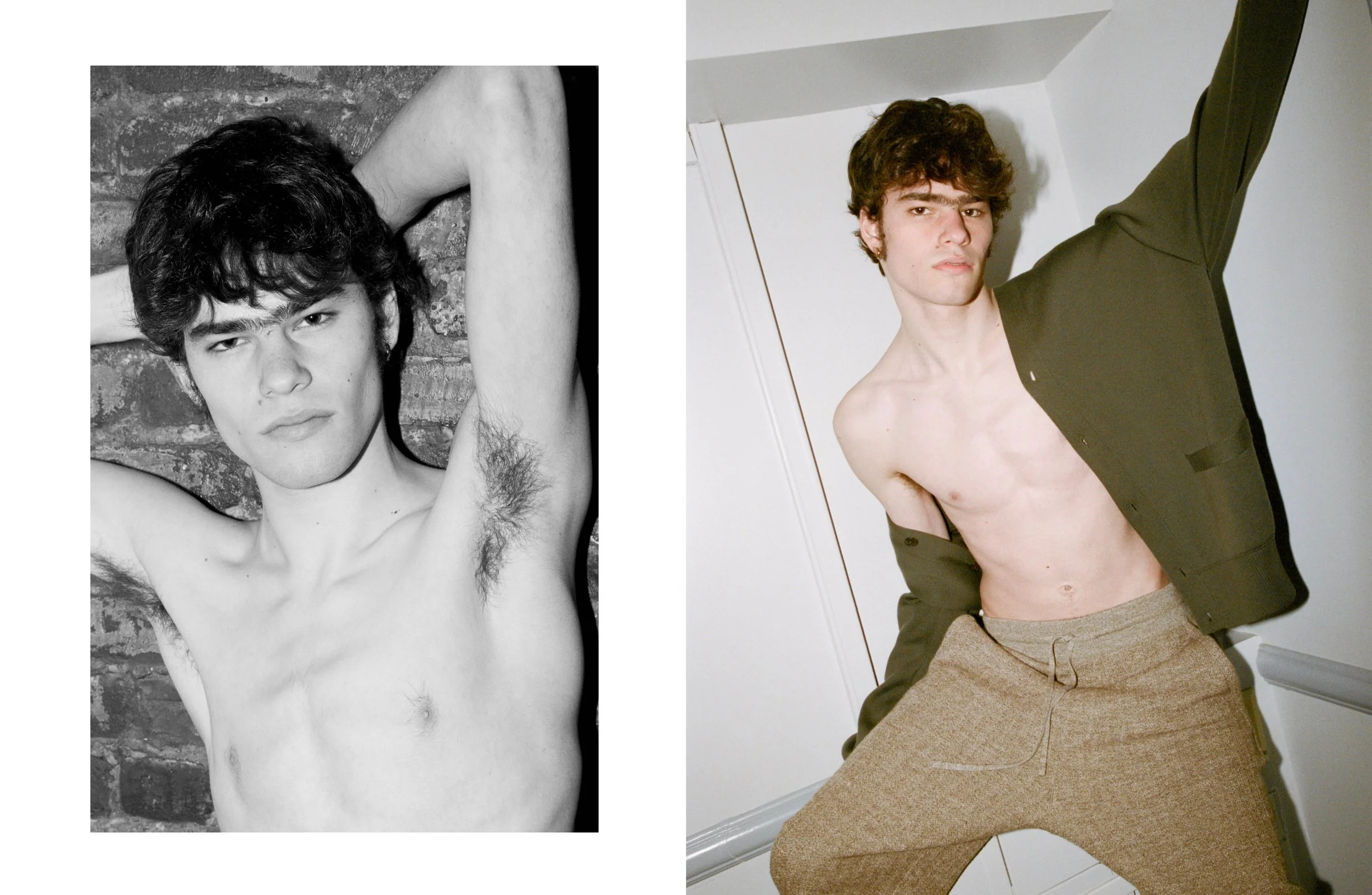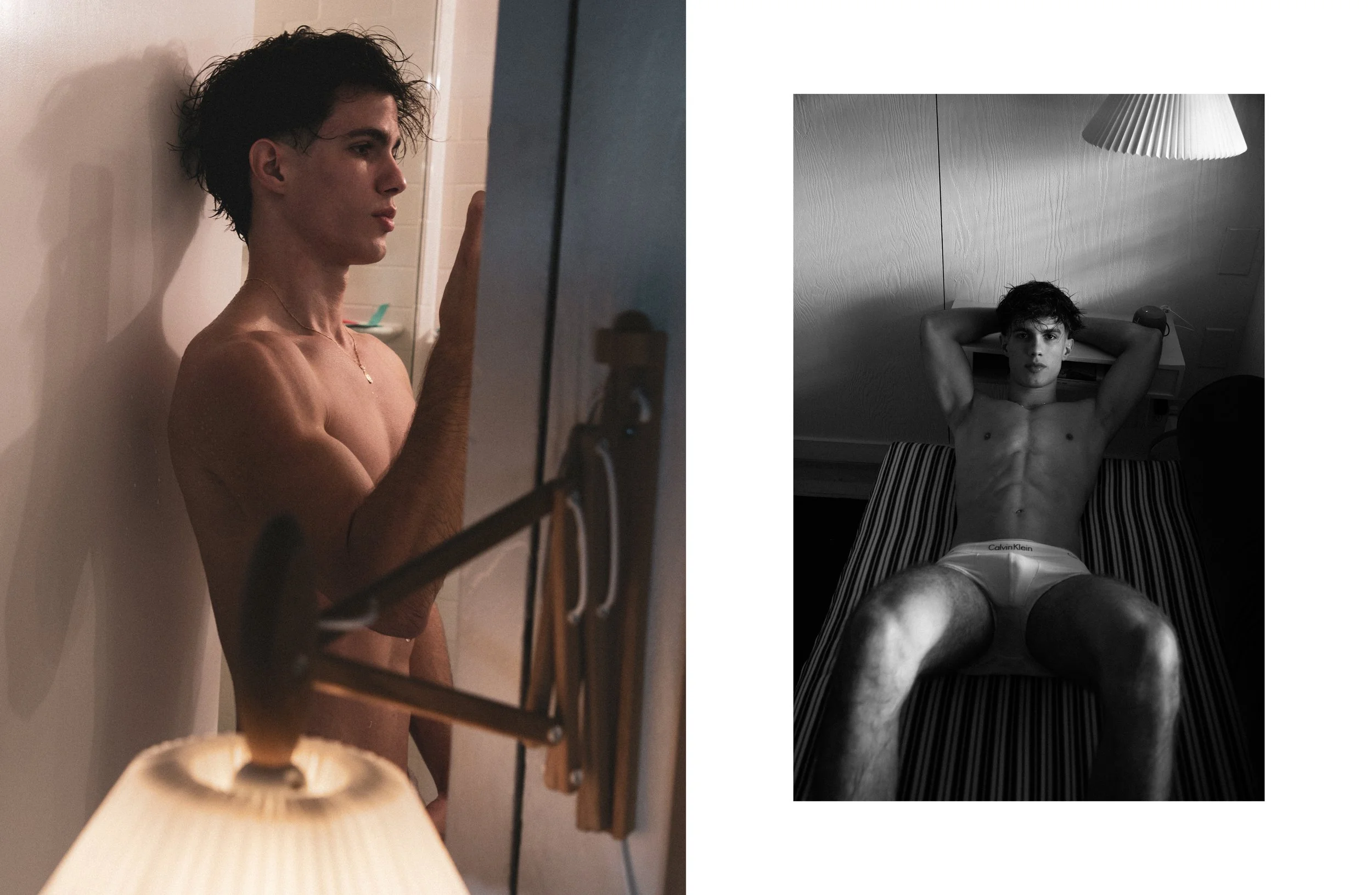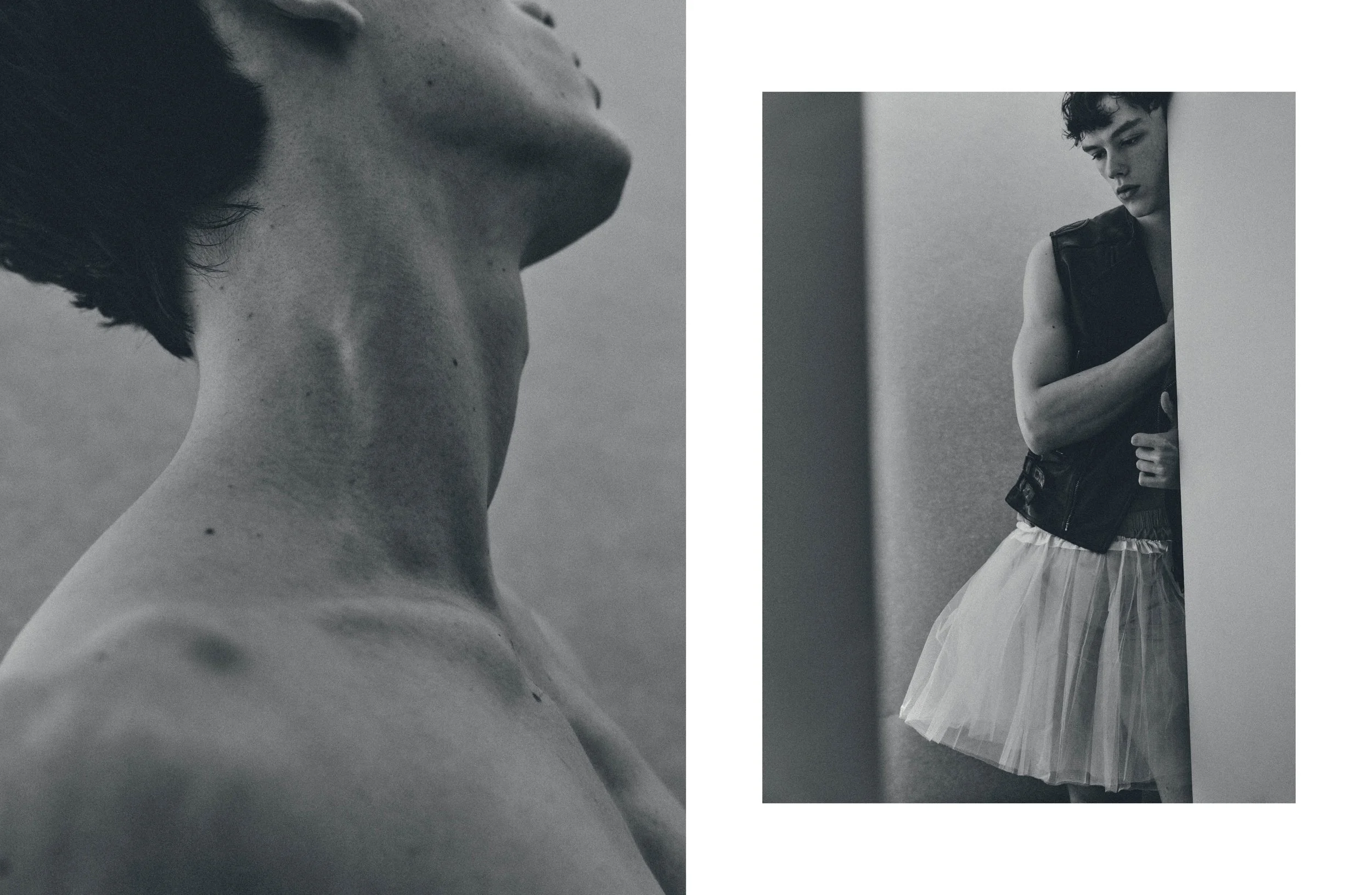Outside the JW Anderson show, the usual chaos ensued. Dozens of photographers struggled to take pictures, while bystanders eagerly sought a glimpse of their favourite celebrity — nothing new there. What was unusual, however, were the people in line to get into the show. Three children and a beautifully dressed woman stood in front of me. While kids aren’t customary at a fashion show, they’re not exactly a surprise. What is noteworthy is that mere centimetres away from me stood the woman who served as the main inspiration for the JW Anderson Spring/Summer 2025 collection — Jonathan Anderson’s sister. For his latest show, the designer focused on girlhood, exploring it through a familiar lens.
Playful femininity was evident in the bendy, hard skirts that resembled the shape of a hat's brim, or in sequin minidresses adorned with trompe l’oeil oversized buttons. Silk dresses, with sweeping lace-covered necklines, featured hemlines that exploded in volume at the front while remaining understated at the back.
There’s a push and pull in Anderson’s take on girlhood: softness is paired with structural architecture, and femininity is juxtaposed with masculine elements. Backstage, the designer once again conveyed this idea to his sister, explaining the balance it takes to be a woman—both strong and soft.
However, as is customary with Anderson, the show was not reduced to a single concept. With the responsibility of producing over eight collections a year, Anderson is focused on addressing fashion’s current state of creative excess — he's taking it upon himself to restore balance. Compared to past seasons, Spring/Summer 2025 felt more restrained. All 40 looks were made with just four materials: leather, silk, sequins and cashmere. Yet this restraint was expressed in complex ways. A silk minidress printed with the image of a knit dress was followed seconds later by an actual knitted version of the same design.
What makes Anderson’s perspective on the industry compelling is not just his authority to voice it, but how he expresses it through his creations. Rather than merely commenting on the need for restraint while continuing in the same fashion, Anderson weaves his critique directly into the very system he reflects on.
Words by Pedro Vasconcelos













